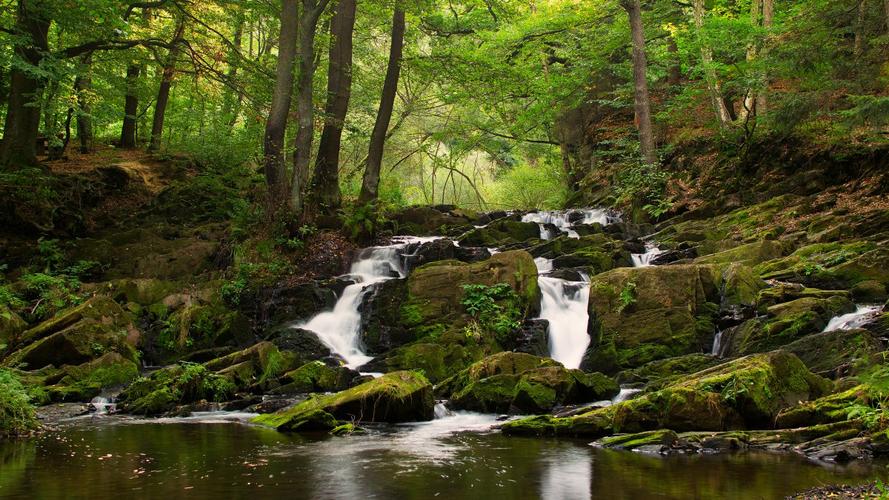Exploring the Significance of Cultural Landscapes in AP Human Geography
As humans, our cultures define us, our beliefs, and our actions, shaping our lives in various ways. The cultural landscape, defined as the visible imprint of human activity on the natural environment, is also shaped by culture, reflecting aspects such as beliefs, lifestyles, and artistic expression. Understanding cultural landscapes in AP human geography, therefore, is vital, as it helps individuals appreciate and interpret the world around them.
Introduction
The cultural landscape is a significant field in human geography, focusing on the study of how human activity has modified the natural environment in the past and present. It is an important concept for understanding how culture and the environment interact and influence one another. Understanding cultural landscapes is essential in AP human geography, as it provides insight into how societies functioned in the past, how they operate currently, and how cultures change over time. In this blog, we explore the significance of cultural landscapes in AP human geography and how a deeper understanding can provide a sense of history and cultural identity.
The Significance of Cultural Landscapes
One of the primary significance of cultural landscapes in AP human geography is that it provides a historical perspective and enhances cultural awareness. Every culture has a unique way of life that shapes its relationship with the natural environment. By observing how a landscape is developed, one can get an idea of the people’s beliefs, values, and lifestyles in that area. Furthermore, cultural landscapes provide a sense of place identity, showing how a location’s unique features and history can shape the community’s understanding of themselves.
Examples of Cultural Landscapes
There are several examples of cultural landscapes globally, each highlighting the significance of cultural landscapes in AP human geography. These examples include:
1. Machu Picchu, Peru – Built by the Inca civilization around the year 1450, Machu Picchu is an exceptional example of how a society evolved and adapted to its environment. The mountain terraces, buildings, and religious structures are all examples of how the environment’s limitations have contributed to this unique cultural landscape.
2. The Great Wall of China – The Great Wall of China is a visible reminder of Chinese history, culture, and political power. Stretching almost 13,000 miles in length, the Great Wall of China demonstrates the level of engineering skills required, the military strategy and the need to protect the valuable trade routes.
3. Kandovan village, Iran – Kandovan village, located in Iran, is an excellent example of how humans adapt to the environment and use limited resources to create homes. The village’s unique architecture utilizes the natural caves for homes, enabling them to thrive in the rugged surroundings.
Conclusion
In conclusion, understanding the significance of cultural landscapes in AP human geography provides an essential understanding of how humans modify and adapt to their environment. Through cultural landscapes, people can gain a historical perspective and learn how different cultures interact with the environment. Additionally, cultural landscapes are essential in appreciating cultural identity, providing a sense of community and understanding of oneself. Hence, Paying attention to cultural landscapes is essential in interpreting the world around us, exploring our heritage, and understanding other cultures.
(Note: Do you have knowledge or insights to share? Unlock new opportunities and expand your reach by joining our authors team. Click Registration to join us and share your expertise with our readers.)
Speech tips:
Please note that any statements involving politics will not be approved.
